
Modern high-performance computing (HPC) is enabling more than just quick calculations �� it��s powering AI systems that are unlocking scientific breakthroughs. HPC has gone through many iterations, each sparked by a creative repurposing of technologies. For example, early supercomputers used off-the-shelf components. Researchers later built powerful clusters from personal computers and even��
]]>
AI is becoming the cornerstone of innovation across industries, driving new levels of creativity and productivity and fundamentally reshaping how we live and work. And it��s enabled by a new type of infrastructure��the AI factory��that manufactures intelligence at scale and creates the foundation for what many consider the next industrial revolution. AI factories represent a reset of traditional��
]]>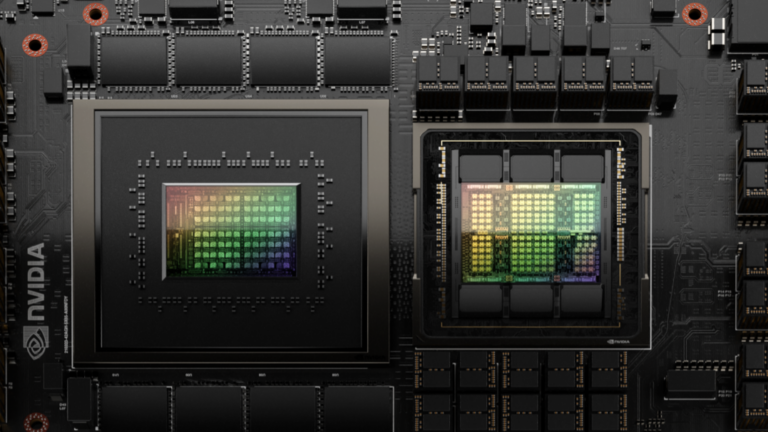
In the previous post, Profiling LLM Training Workflows on NVIDIA Grace Hopper, we explored the importance of profiling large language model (LLM) training workflows and analyzed bottlenecks using NVIDIA Nsight Systems. We also discussed how the NVIDIA GH200 Grace Hopper Superchip enables efficient training processes. While profiling helps identify inefficiencies��
]]>
The rapid advancements in AI have resulted in an era of exponential growth in model sizes, particularly in the domain of large language models (LLMs). These models, with their transformative capabilities, are driving innovation across industries. However, the increasing complexity and computational demands of training such models necessitate a meticulous approach to optimization and profiling.
]]>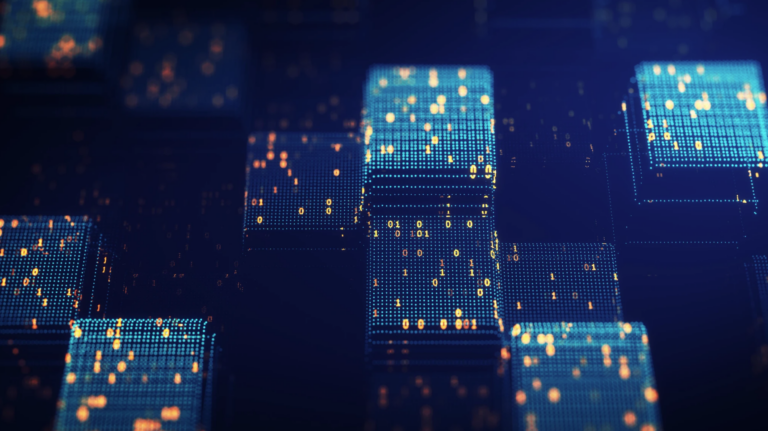
The NVIDIA CUDA-X math libraries empower developers to build accelerated applications for AI, scientific computing, data processing, and more. Two of the most important applications of CUDA-X libraries are training and inference LLMs, whether for use in everyday consumer applications or highly specialized scientific domains like drug discovery. Multiple CUDA-X libraries are indispensable��
]]>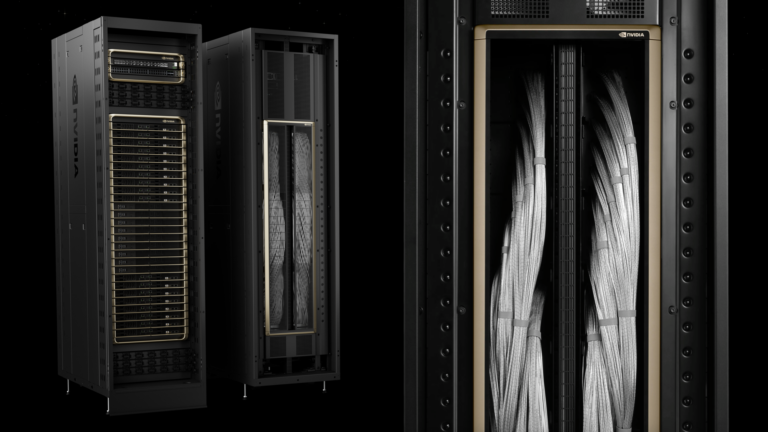
The compute demands for large language model (LLM) inference are growing rapidly, fueled by the combination of growing model sizes, real-time latency requirements, and, most recently, AI reasoning. At the same time, as AI adoption grows, the ability of an AI factory to serve as many users as possible, all while maintaining good per-user experiences, is key to maximizing the value it generates.
]]>
In an effort to rein in illicit fishing, researchers have unveiled a new open-source AI model that can accurately identify what virtually all of the world��s seafaring vessels are doing, including whether a boat is potentially fishing illegally. Seattle-based Ai2 (the Allen Institute for AI) recently released a lightweight model named Atlantes to analyze more than five billion GPS signals a��
]]>
AI agents are transforming business operations by automating processes, optimizing decision-making, and streamlining actions. Their effectiveness hinges on expert reasoning, enabling smarter planning and efficient execution. Agentic AI applications could benefit from the capabilities of models such as DeepSeek-R1. Built for solving problems that require advanced AI reasoning��
]]>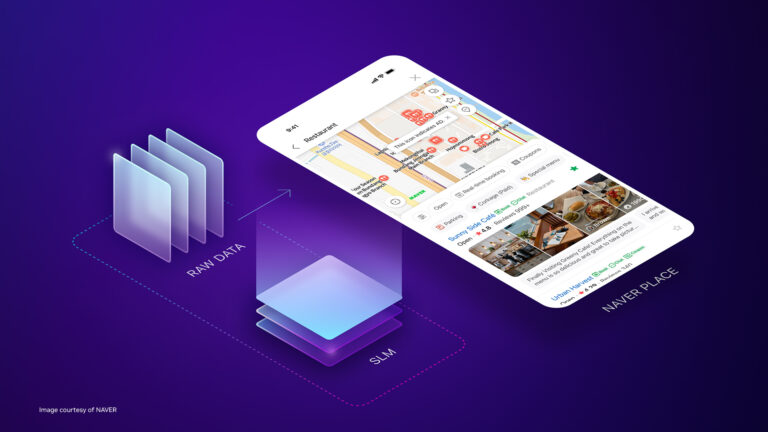
As of March 18, 2025, NVIDIA Triton Inference Server is now part of the NVIDIA Dynamo Platform and has been renamed to NVIDIA Dynamo Triton, accordingly. NAVER is a popular South Korean search engine company that offers Naver Place, a geo-based service that provides detailed information about millions of businesses and points of interest across Korea. Users can search about different places��
]]>
Supercomputers are the engines of groundbreaking discoveries. From predicting extreme weather to advancing disease research and designing safer, more efficient infrastructures, these machines simulate complex systems that are impractical to test in the real world due to their size, cost, and material requirements. Since the introduction of the GPU in 1999, NVIDIA has continually pushed the��
]]>
NVIDIA Enterprise Reference Architectures (Enterprise RAs) can reduce the time and cost of deploying AI infrastructure solutions. They provide a streamlined approach for building flexible and cost-effective accelerated infrastructure while ensuring compatibility and interoperability. The latest Enterprise RA details an optimized cluster configuration for systems integrated with NVIDIA GH200��
]]>
As AI models extend their capabilities to solve more sophisticated challenges, a new scaling law known as test-time scaling or inference-time scaling is emerging. Also known as AI reasoning or long-thinking, this technique improves model performance by allocating additional computational resources during inference to evaluate multiple possible outcomes and then selecting the best one��
]]>
The NVIDIA Grace CPU is transforming data center design by offering a new level of power-efficient performance. Built specifically for data center scale, the Grace CPU is designed to handle demanding workloads while consuming less power. NVIDIA believes in the benefit of leveraging GPUs to accelerate every workload. However, not all workloads are accelerated. This is especially true for those��
]]>
Matrix multiplication and attention mechanisms are the computational backbone of modern AI workloads. While libraries like NVIDIA cuDNN provide highly optimized implementations, and frameworks such as CUTLASS offer deep customization, many developers and researchers need a middle ground that combines performance with programmability. The open-source Triton compiler on the NVIDIA Blackwell��
]]>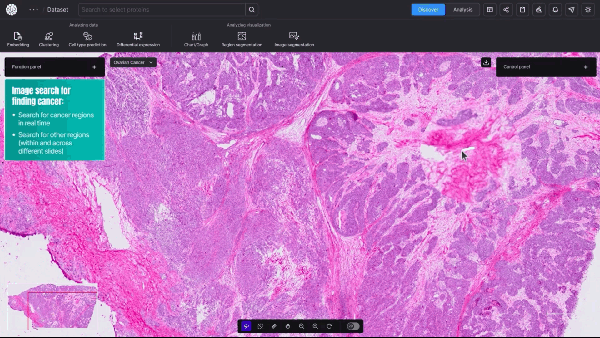
Researchers studying cancer unveiled a new AI model that provides cellular-level mapping and visualizations of cancer cells, which scientists hope can shed light on how��and why��certain inter-cellular relationships triggers cancers to grow. BioTuring, a San Diego-based startup, announced an AI model that can quickly create detailed visualizations of cancerous tumors��at single-cell resolution.
]]>
The latest release of the CUDA Toolkit, version 12.8, continues to push accelerated computing performance in data sciences, AI, scientific computing, and computer graphics and simulation, using the latest NVIDIA CPUs and GPUs. This post highlights some of the new features and enhancements included with this release: CUDA Toolkit 12.8 is the first version of the Toolkit to support��
]]>
2024 was another landmark year for developers, researchers, and innovators working with NVIDIA technologies. From groundbreaking developments in AI inference to empowering open-source contributions, these blog posts highlight the breakthroughs that resonated most with our readers. NVIDIA NIM Offers Optimized Inference Microservices for Deploying AI Models at Scale Introduced in��
]]>
Last month at the Supercomputing 2024 conference, NVIDIA announced the availability of NVIDIA H200 NVL, the latest NVIDIA Hopper platform. Optimized for enterprise workloads, NVIDIA H200 NVL is a versatile platform that delivers accelerated performance for a wide range of AI and HPC applications. With its dual-slot PCIe form-factor and 600W TGP, the H200 NVL enables flexible configuration options��
]]>
Accelerated computing is enabling giant leaps in performance and energy efficiency compared to traditional CPU computing. Delivering these advancements requires full-stack innovation at data-center scale, spanning chips, systems, networking, software, and algorithms. Choosing the right architecture for the right workload with the best energy efficiency is critical to maximizing the performance and��
]]>
In the wake of ever-growing power demands, power systems optimization (PSO) of power grids is crucial for ensuring efficient resource management, sustainability, and energy security. The Eastern Interconnection, a major North American power grid, consists of approximately 70K nodes (Figure 1). Aside from sheer size, optimizing such a grid is complicated by uncertainties such as catastrophic��
]]>
Meta recently released its Llama 3.2 series of vision language models (VLMs), which come in 11B parameter and 90B parameter variants. These models are multimodal, supporting both text and image inputs. In addition, Meta has launched text-only small language model (SLM) variants of Llama 3.2 with 1B and 3B parameters. NVIDIA has optimized the Llama 3.2 collection of models for great performance and��
]]>
Confidential and self-sovereign AI is a new approach to AI development, training, and inference where the user��s data is decentralized, private, and controlled by the users themselves. This post explores how the capabilities of Confidential Computing (CC) are expanded through decentralization using blockchain technology. The problem being solved is most clearly shown through the use of��
]]>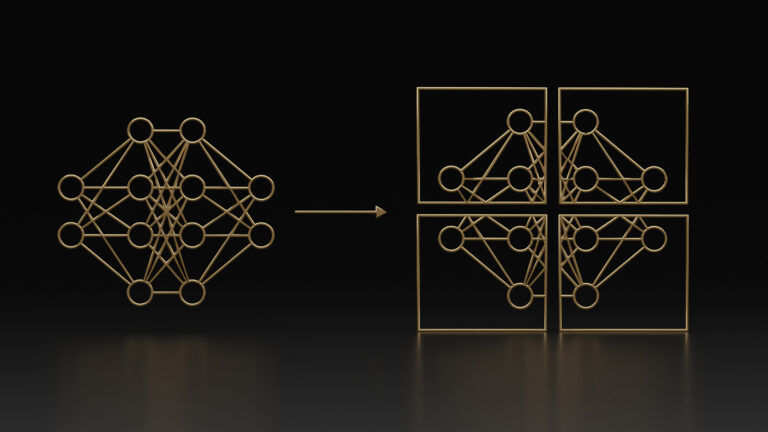
Generative AI has the ability to create entirely new content that traditional machine learning (ML) methods struggle to produce. In the field of natural language processing (NLP), the advent of large language models (LLMs) specifically has led to many innovative and creative AI use cases. These include customer support chatbots, voice assistants, text summarization and translation��
]]>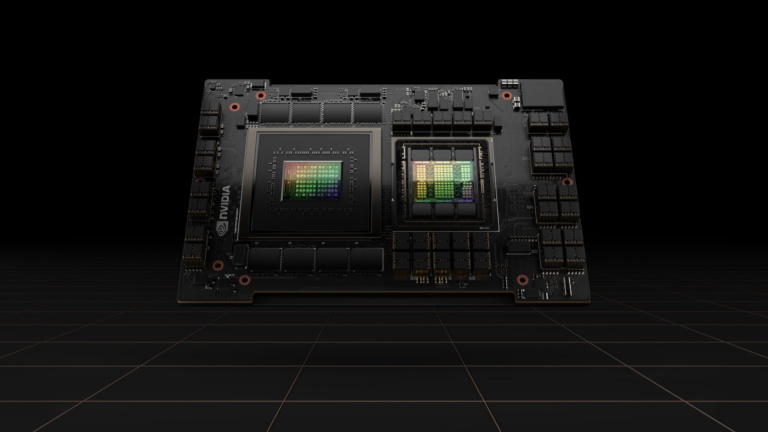
As the demand for high-performance computing (HPC) and AI applications grows, so does the importance of energy efficiency. NVIDIA Principal Developer Technology Engineer, Alan Gray, shares insights on optimizing energy and power efficiency for various applications running on the latest NVIDIA technologies, including NVIDIA H100 Tensor Core GPUs and NVIDIA DGX A100 systems. Traditionally��
]]>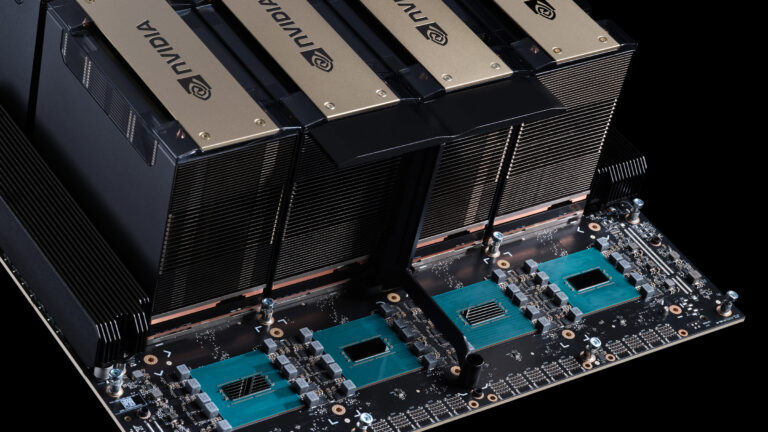
The continued growth of LLMs capability, fueled by increasing parameter counts and support for longer contexts, has led to their usage in a wide variety of applications, each with diverse deployment requirements. For example, a chatbot supports a small number of users at very low latencies for good interactivity. Meanwhile, synthetic data generation requires high throughput to process many items��
]]>
Many of the most exciting applications of large language models (LLMs), such as interactive speech bots, coding co-pilots, and search, need to begin responding to user queries quickly to deliver positive user experiences. The time that it takes for an LLM to ingest a user prompt (and context, which can be sizable) and begin outputting a response is called time to first token (TTFT).
]]>
In the latest round of MLPerf Inference �C a suite of standardized, peer-reviewed inference benchmarks �C the NVIDIA platform delivered outstanding performance across the board. Among the many submissions made using the NVIDIA platform were results using the NVIDIA GH200 Grace Hopper Superchip. GH200 tightly couples an NVIDIA Grace CPU with an NVIDIA Hopper GPU using NVIDIA NVLink-C2C��
]]>
Large language model (LLM) inference is a full-stack challenge. Powerful GPUs, high-bandwidth GPU-to-GPU interconnects, efficient acceleration libraries, and a highly optimized inference engine are required for high-throughput, low-latency inference. MLPerf Inference v4.1 is the latest version of the popular and widely recognized MLPerf Inference benchmarks, developed by the MLCommons��
]]>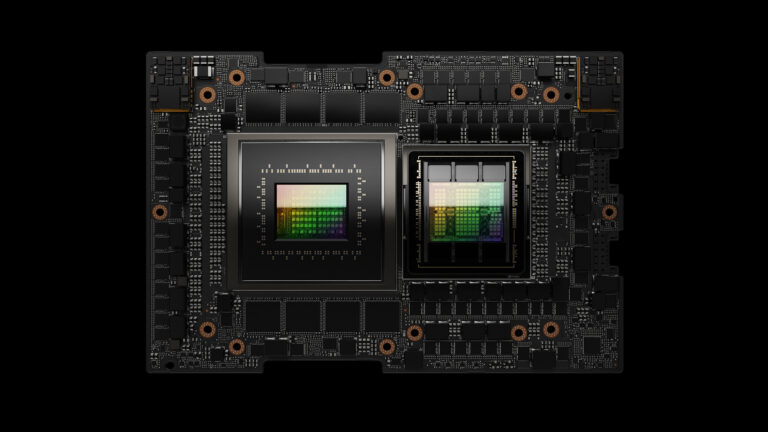
With the rapid growth of generative AI, CIOs and IT leaders are looking for ways to reclaim data center resources to accommodate new AI use cases that promise greater return on investment without impacting current operations. This is leading IT decision makers to reassess past infrastructure decisions and explore strategies to consolidate traditional workloads into fewer��
]]>
In the era of generative AI, vector databases have become indispensable for storing and querying high-dimensional data efficiently. However, like all databases, vector databases are vulnerable to a range of attacks, including cyber threats, phishing attempts, and unauthorized access. This vulnerability is particularly concerning considering that these databases often contain sensitive and��
]]>
The exponential growth in data processing demand is projected to reach 175 zettabytes by 2025. This contrasts sharply with the slowing pace of CPU performance improvements. For more than a decade, semiconductor advancements have not kept up with the pace predicted by Moore��s Law, leading to a pressing need for more efficient computing solutions. NVIDIA GPUs have emerged as the most efficient��
]]>
As large language models (LLMs) continue to grow in size and complexity, the performance requirements for serving them quickly and cost-effectively continue to grow. Delivering high LLM inference performance requires an efficient parallel computing architecture and a flexible and highly optimized software stack. Recently, NVIDIA Hopper GPUs running NVIDIA TensorRT-LLM inference software set��
]]>
Featured in Nature, this post delves into how GPUs and other advanced technologies are meeting the computational challenges posed by AI.
]]>
The latest release of NVIDIA cuBLAS library, version 12.5, continues to deliver functionality and performance to deep learning (DL) and high-performance computing (HPC) workloads. This post provides an overview of the following updates on cuBLAS matrix multiplications (matmuls) since version 12.0, and a walkthrough: Grouped GEMM APIs can be viewed as a generalization of the batched��
]]>
Generative AI models have a variety of uses, such as helping write computer code, crafting stories, composing music, generating images, producing videos, and more. And, as these models continue to grow in size and are trained on even more data, they are producing even higher-quality outputs. Building and deploying these more intelligent models is incredibly compute-intensive��
]]>
NVIDIA launched the initial release of the Confidential Computing (CC) solution in private preview for early access in July 2023 through NVIDIA LaunchPad. Confidential Computing can be used in virtualized environments and provides the highest level of security with the best performance possible in the industry today. The?NVIDIA H100 Tensor Core GPU was the first GPU to introduce support for CC.
]]>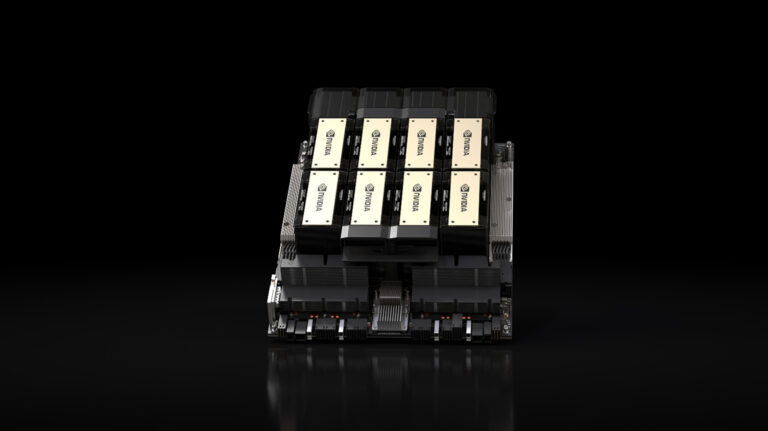
Generative AI is unlocking new computing applications that greatly augment human capability, enabled by continued model innovation. Generative AI models��including large language models (LLMs)��are used for crafting marketing copy, writing computer code, rendering detailed images, composing music, generating videos, and more. The amount of compute required by the latest models is immense and��
]]>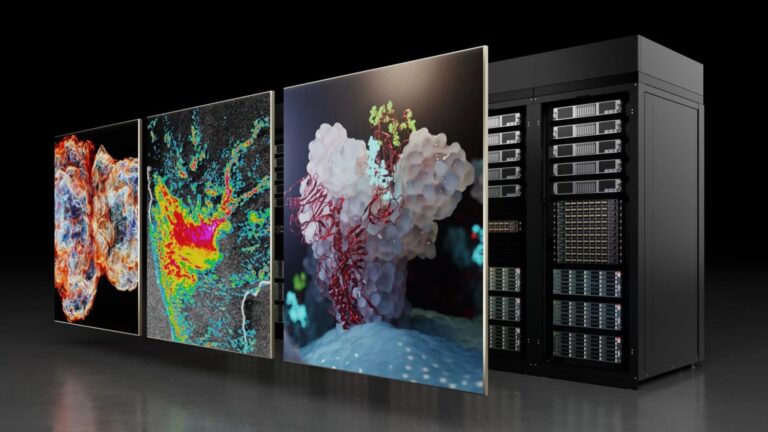
AI is augmenting high-performance computing (HPC) with novel approaches to data processing, simulation, and modeling. Because of the computational requirements of these new AI workloads, HPC is scaling up at a rapid pace. To enable applications to scale to multi-GPU and multi-node platforms, HPC tools and libraries must support that growth. NVIDIA provides a comprehensive ecosystem of��
]]>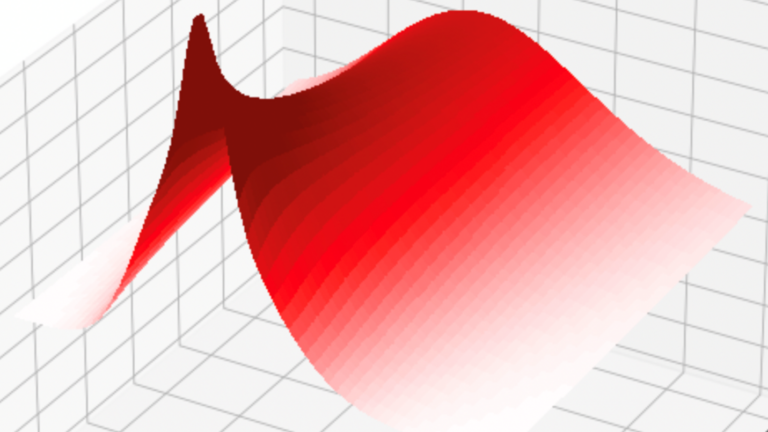
Quantitative finance libraries are software packages that consist of mathematical, statistical, and, more recently, machine learning models designed for use in quantitative investment contexts. They contain a wide range of functionalities, often proprietary, to support the valuation, risk management, construction, and optimization of investment portfolios. Financial firms that develop such��
]]>
Large language model (LLM) applications are essential in enhancing productivity across industries through natural language. However, their effectiveness is often limited by the extent of their training data, resulting in poor performance when dealing with real-time events and new knowledge the LLM isn��t trained on. Retrieval-augmented generation (RAG) solves these problems.
]]>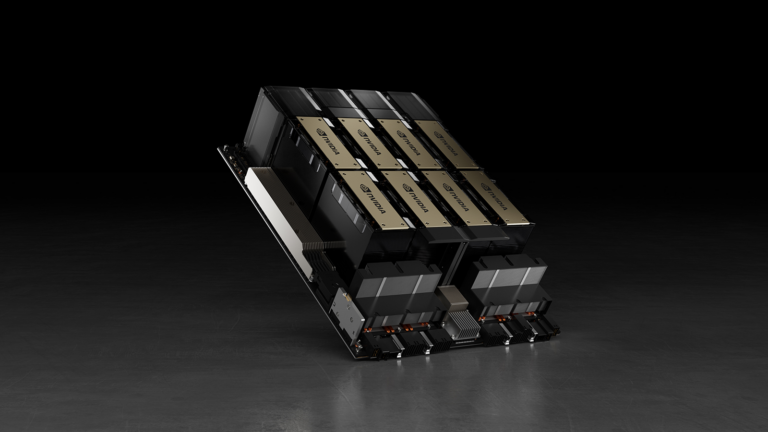
Best-in-class AI performance requires an efficient parallel computing architecture, a productive tool stack, and deeply optimized algorithms. NVIDIA released the open-source NVIDIA TensorRT-LLM, which includes the latest kernel optimizations for the NVIDIA Hopper architecture at the heart of the NVIDIA H100 Tensor Core GPU. These optimizations enable models like Llama 2 70B to execute using��
]]>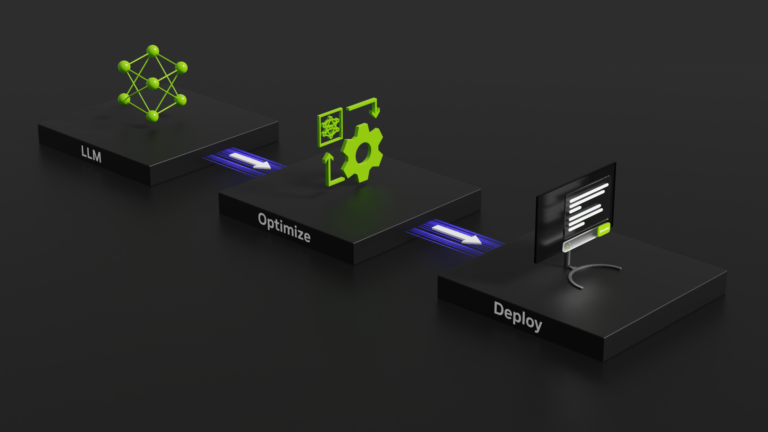
Large language models (LLMs) have seen dramatic growth over the last year, and the challenge of delivering great user experiences depends on both high-compute throughput as well as large amounts of high-bandwidth memory. NVIDIA TensorRT-LLM provides optimizations for both peak throughput and memory optimization, delivering massive improvements in LLM inference performance.
]]>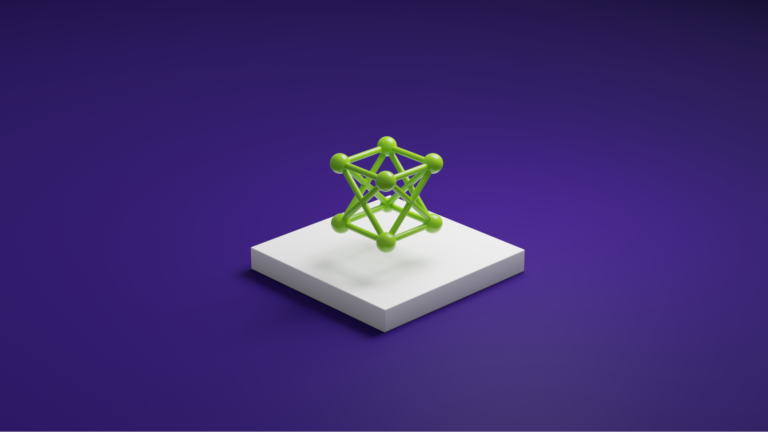
The rapid growth in the size, complexity, and diversity of large language models (LLMs) continues to drive an insatiable need for AI training performance. Delivering top performance requires the ability to train models at the scale of an entire data center efficiently. This is achieved through exceptional craftsmanship at every layer of the technology stack, spanning chips, systems, and software.
]]>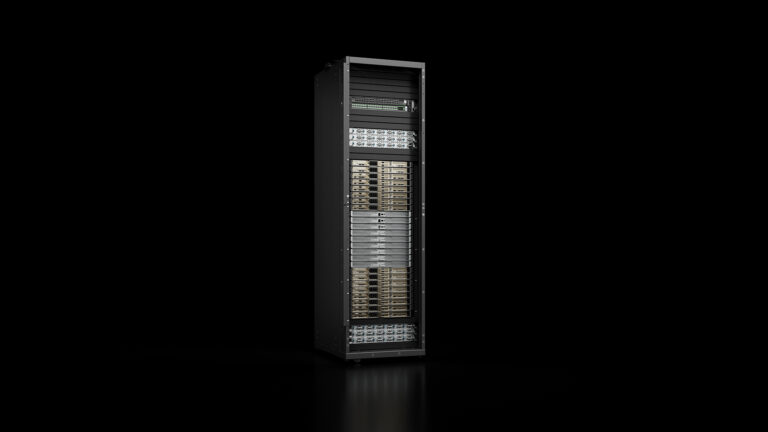
At AWS re:Invent 2023, AWS and NVIDIA announced that AWS will be the first cloud provider to offer NVIDIA GH200 Grace Hopper Superchips interconnected with NVIDIA NVLink technology through NVIDIA DGX Cloud and running on Amazon Elastic Compute Cloud (Amazon EC2). This is a game-changing technology for cloud computing. The NVIDIA GH200 NVL32, a rack-scale solution within NVIDIA DGX Cloud or an��
]]>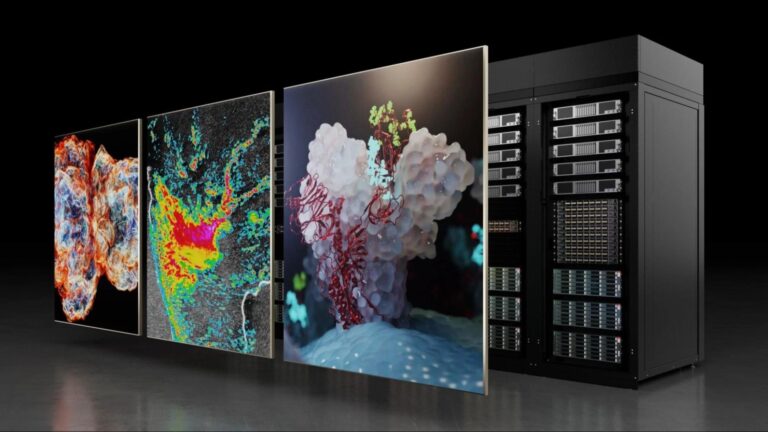
High-performance computing (HPC) powers applications in simulation and modeling, healthcare and life sciences, industry and engineering, and more. In the modern data center, HPC synergizes with AI, harnessing data in transformative new ways. The performance and throughput demands of next-generation HPC applications call for an accelerated computing platform that can handle diverse workloads��
]]>
The new hardware developments in NVIDIA Grace Hopper Superchip systems enable some dramatic changes to the way developers approach GPU programming. Most notably, the bidirectional, high-bandwidth, and cache-coherent connection between CPU and GPU memory means that the user can develop their application for both processors while using a single, unified address space.
]]>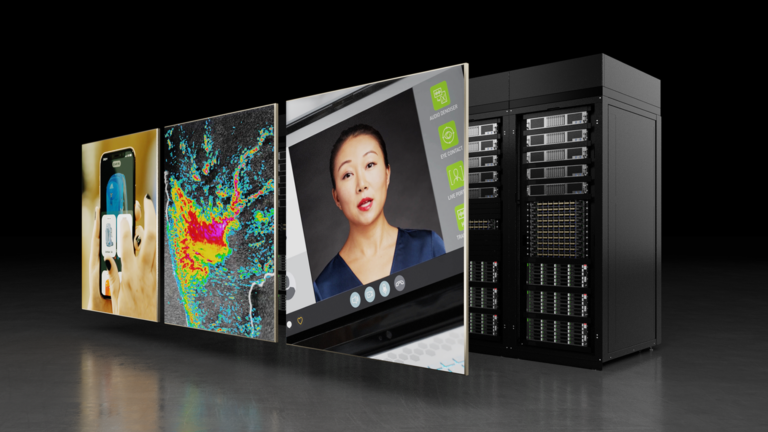
Generative AI is rapidly transforming computing, unlocking new use cases and turbocharging existing ones. Large language models (LLMs), such as OpenAI��s GPT models and Meta��s Llama 2, skillfully perform a variety of tasks on text-based content. These tasks include summarization, translation, classification, and generation of new content such as computer code, marketing copy, poetry, and much more.
]]>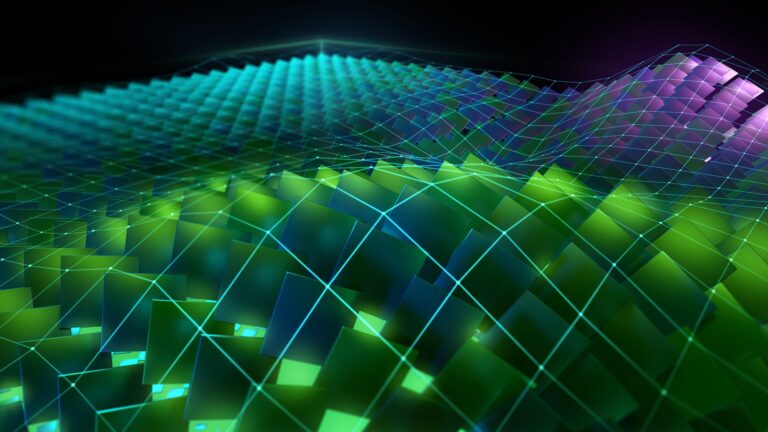
The latest release of CUDA Toolkit continues to push the envelope of accelerated computing performance using the latest NVIDIA GPUs. New features of this release, version 12.3, include: CUDA and the CUDA Toolkit continue to provide the foundation for all accelerated computing applications in data science, machine learning and deep learning, generative AI with LLMs for both training and��
]]>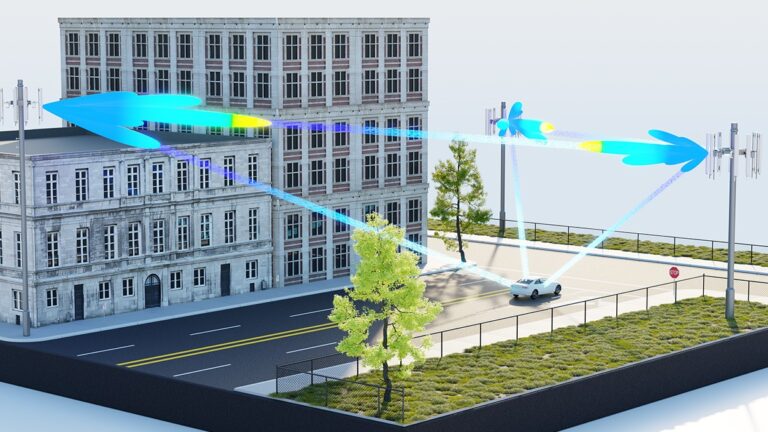
NVIDIA, working with Fujitsu and Wind River, has enabled NTT DOCOMO to launch the first GPU-accelerated commercial Open RAN 5G service in its network in Japan. This makes it the first-ever telco in the world to deploy a GPU-accelerated commercial 5G network. The announcement is a major milestone as the telecom industry strives to address the multi-billion-dollar problem of driving��
]]>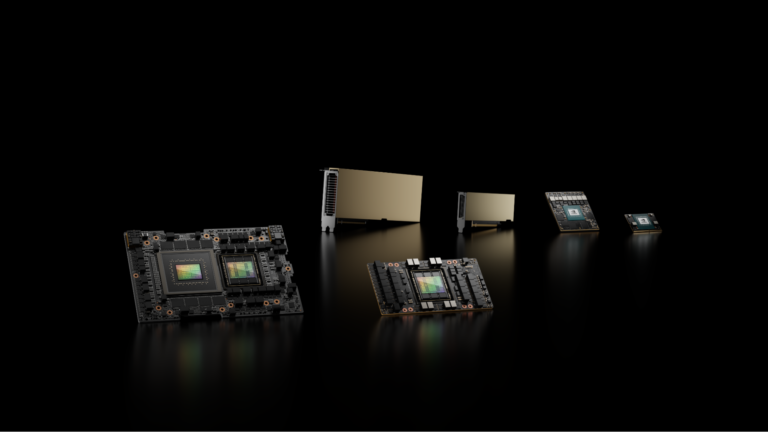
AI is transforming computing, and inference is how the capabilities of AI are deployed in the world��s applications. Intelligent chatbots, image and video synthesis from simple text prompts, personalized content recommendations, and medical imaging are just a few examples of AI-powered applications. Inference workloads are both computationally demanding and diverse, requiring that platforms be��
]]> ]]>
]]>
Hardware virtualization is an effective way to isolate workloads in virtual machines (VMs) from the physical hardware and from each other. This offers improved security, particularly in a multi-tenant environment. Yet, security risks such as in-band attacks, side-channel attacks, and physical attacks can still happen, compromising the confidentiality, integrity, or availability of your data and��
]]>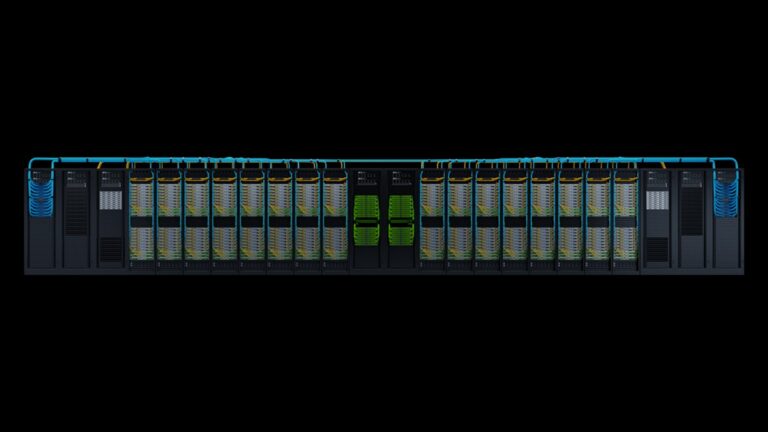
At COMPUTEX 2023, NVIDIA announced the NVIDIA DGX GH200, which marks another breakthrough in GPU-accelerated computing to power the most demanding giant AI workloads. In addition to describing critical aspects of the NVIDIA DGX GH200 architecture, this post discusses how NVIDIA Base Command enables rapid deployment, accelerates the onboarding of users, and simplifies system management.
]]>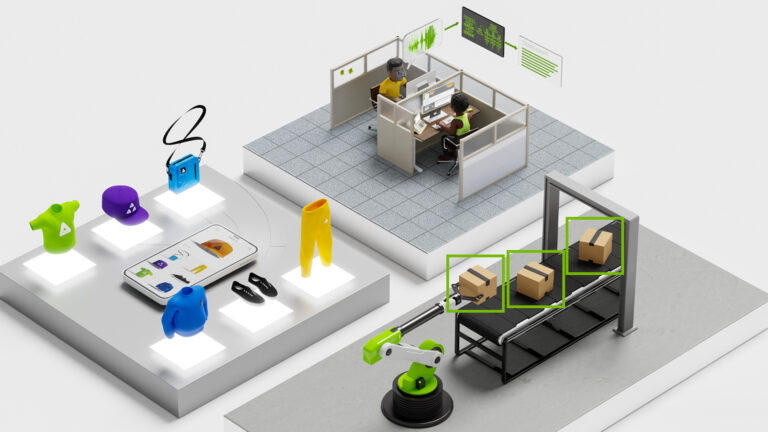
The most exciting computing applications currently rely on training and running inference on complex AI models, often in demanding, real-time deployment scenarios. High-performance, accelerated AI platforms are needed to meet the demands of these applications and deliver the best user experiences. New AI models are constantly being invented to enable new capabilities��
]]>
Confidential computing is a way of processing data in a protected zone of a computer��s processor, often inside a remote edge or public cloud server, and proving that no one viewed or altered the work.
]]>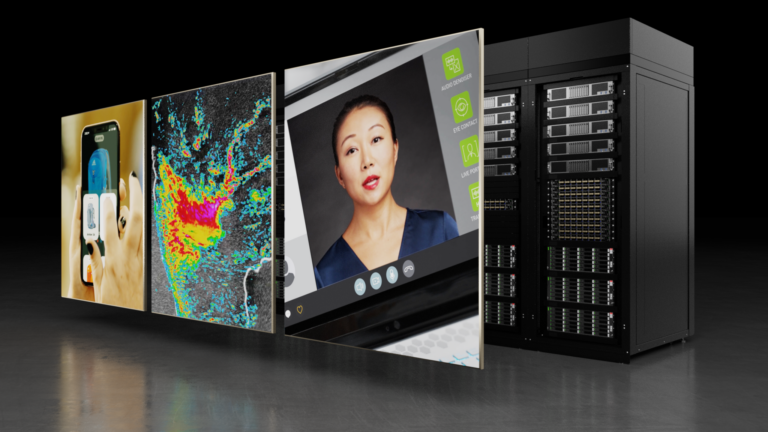
The NVIDIA H100 Tensor Core GPU, based on the NVIDIA Hopper architecture with the fourth generation of NVIDIA Tensor Cores, recently debuted delivering unprecedented performance and sweeping AI benchmarks such as MLPerf training. A significant fraction of operations in AI and machine learning benchmarks are general matrix multiplications (GEMMS), which are also referred to as matmul��
]]>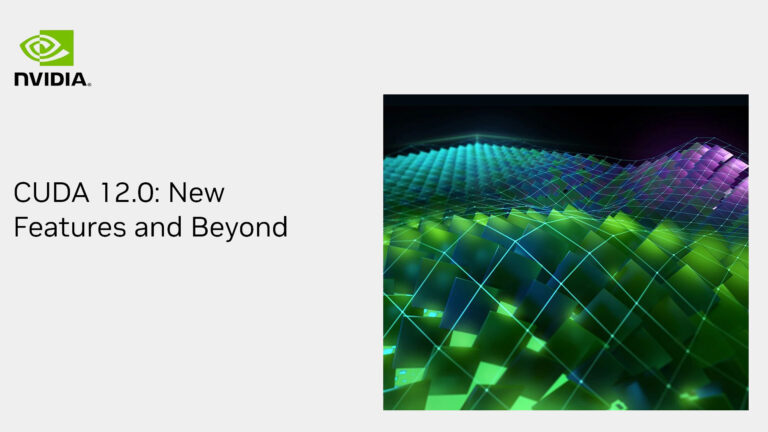
Learn about the newest CUDA features such as release compatibility, dynamic parallelism, lazy module loading, and support for the new NVIDIA Hopper and NVIDIA Ada Lovelace GPU architectures.
]]>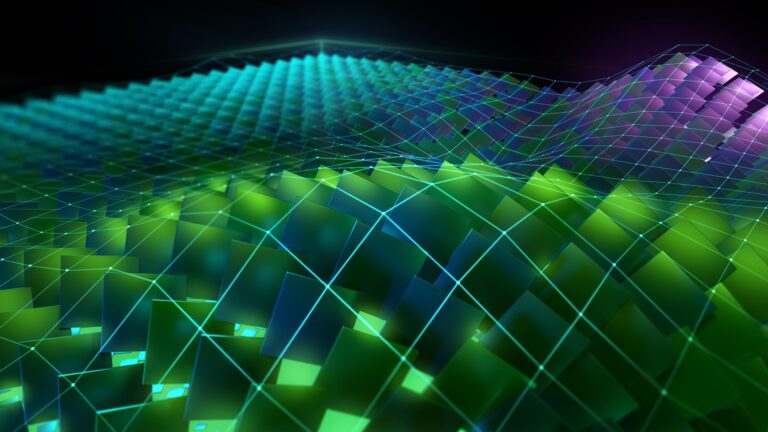
NVIDIA announces the newest CUDA Toolkit software release, 12.0. This release is the first major release in many years and it focuses on new programming models and CUDA application acceleration through new hardware capabilities. For more information, watch the YouTube Premiere webinar, CUDA 12.0: New Features and Beyond. You can now target architecture-specific features and instructions��
]]>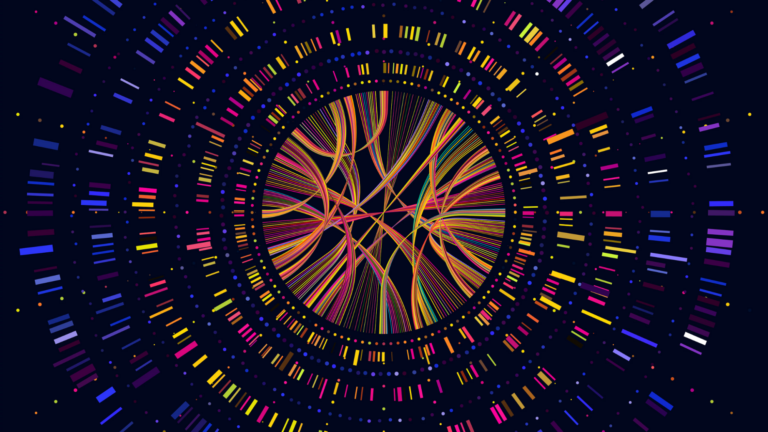
Dynamic programming (DP) is a well-known algorithmic technique and a mathematical optimization that has been used for several decades to solve groundbreaking problems in computer science. An example DP use case is route optimization with hundreds or thousands of constraints or weights using the Floyd-Warshall all-pair shortest paths algorithm. Another use case is the alignment of reads for��
]]>
An exaflop is a measure of performance for a supercomputer that can calculate at least one quintillion floating point operations per second.
]]>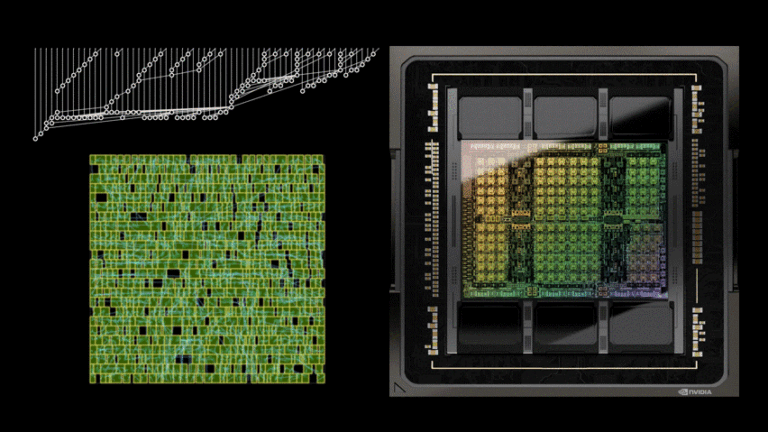
As Moore��s law slows down, it becomes increasingly important to develop other techniques that improve the performance of a chip at the same technology process node. Our approach uses AI to design smaller, faster, and more efficient circuits to deliver more performance with each chip generation. Vast arrays of arithmetic circuits have powered NVIDIA GPUs to achieve unprecedented acceleration��
]]>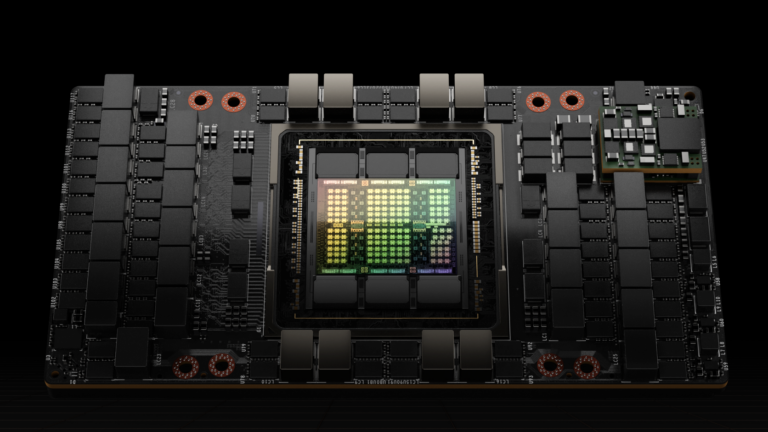
Today during the 2022 NVIDIA GTC Keynote address, NVIDIA CEO Jensen Huang introduced the new NVIDIA H100 Tensor Core GPU based on the new NVIDIA Hopper GPU architecture. This post gives you a look inside the new H100 GPU and describes important new features of NVIDIA Hopper architecture GPUs. The NVIDIA H100 Tensor Core GPU is our ninth-generation data center GPU designed to deliver an��
]]>